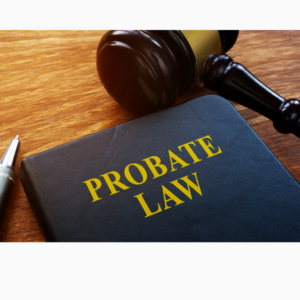
Merriam-Webster defines probate as “the act or process of validating, through a competent judicial authority, a document presented for official acknowledgment and registration as the final will and testament of a deceased individual.”
But what does that mean in a practical sense?
As an executor, you may face challenges with accessing the deceased’s funds. Likely, their bank or another institution that the deceased’s funds cannot be released until you secure “Probate”. However, they typically don’t provide much further guidance apart from recommending you consult with a lawyer.
The following are key elements involved in the Alberta probate process:
1. The original signed will of the deceased is presented to the Surrogate section of the Court of King’s Bench of Alberta (the “Court”). Accompanying this submission is an application containing information about the deceased, the proposed executor(s), all beneficiaries named in the will, and any individuals with potential claims against the estate as well as a document substantiating the deceased’s death. This application includes an oath sworn by the applicant, affirming the accuracy of the provided details and of their comprehension of an executor’s duties and responsibilities.
2. The proposed executor affirms to the Court that all individuals who are required to be informed of the estate’s administration have been served the necessary documents.
3. A clerk of the Court examines the application and the will, then performs due diligence to verify the accuracy and completeness of the provided information. If any shortcomings are identified, the clerk returns the application and the Will to the applicant. They include requesting corrections be made before resubmission.
4. Once the Clerk is satisfied, the application is forwarded to a Justice of the Court. This Justice conducts additional scrutiny to validate the will, following which, if approved, they issue the ‘grant of probate.’ The grant identifies the executor(s) (referred to as the estate’s Personal Representative) and signifies to any third parties that they have been authorized by the Court to manage the assets of the deceased.
While this overview makes things look simple and straightforward, at Summit Legal Group we know that the process can be confusing… even overwhelming for the executor involved. Please reach out for a no obligation consultation to answer your questions and to provide you with some relief and guidance.

Certified Executor Advisor
AUTHOR
Craig Gorham is a Certified Executor Advisor at Summit Legal Group, guiding clients through the Estate Administration process with compassion, empathy and a wealth of specialized knowledge. You can reach Craig directly at 587-393-2069 or craig@summitlegalgroup.ca.





